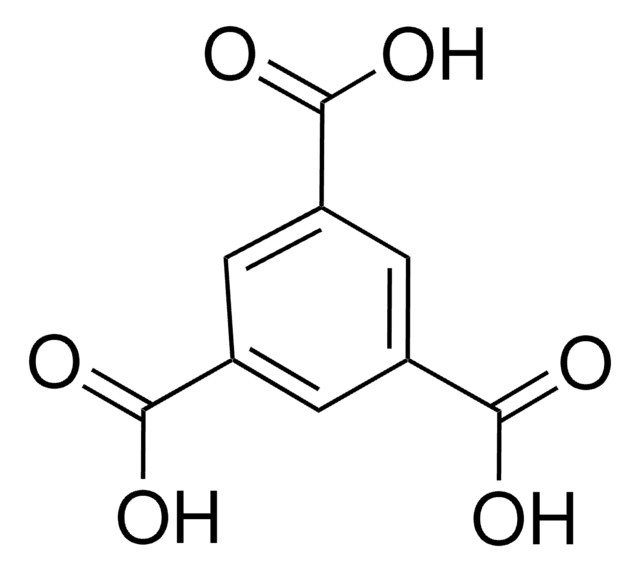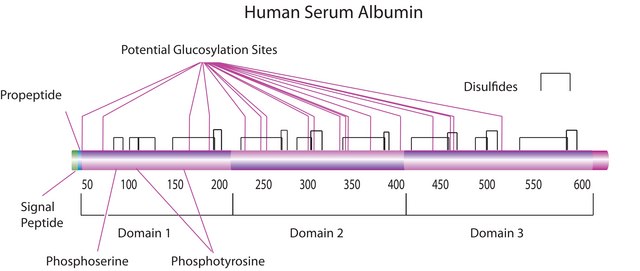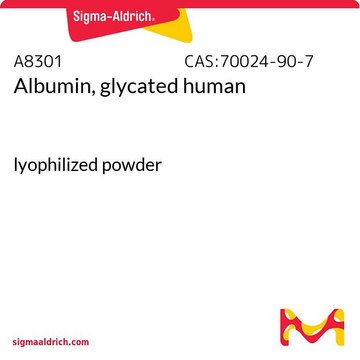369489
Titanium
foil, thickness 2.0 mm, 99.7% trace metals basis
Select a Size
Select a Size
About This Item
Recommended Products
Quality Level
Assay
99.7% trace metals basis
form
foil
autoignition temp.
860 °F
resistivity
42.0 μΩ-cm, 20°C
thickness
2.0 mm
bp
3287 °C (lit.)
mp
1660 °C (lit.)
density
4.5 g/mL at 25 °C (lit.)
application(s)
battery manufacturing
1 of 4
This Item | A9511 | A4327 | A8301 |
|---|---|---|---|
| assay ≥96% (agarose gel electrophoresis) | assay ≥97% (agarose gel electrophoresis) | assay ≥96% (agarose gel electrophoresis) | assay 90-100% protein basis (biuret) |
| biological source human | biological source human | biological source human | biological source human |
| technique(s) ELISA: suitable, western blot: suitable, tissue culture: suitable | technique(s) ELISA: suitable, tissue culture: suitable, western blot: suitable | technique(s) tissue culture: suitable | technique(s) cell culture | mammalian: suitable |
| Quality Level 300 | Quality Level 300 | Quality Level 200 | Quality Level 200 |
| form lyophilized powder | form lyophilized powder | form lyophilized powder | form lyophilized powder |
| impurities HIV I and HIVII, HCV and HBsAg, tested negative | impurities HIV I and HIVII, HCV and HBsAg, tested negative | impurities HIV I and HIVII, HCV and HBsAg, tested negative | impurities - |
Quantity
Storage Class Code
13 - Non Combustible Solids
WGK
nwg
Flash Point(F)
Not applicable
Flash Point(C)
Not applicable
Personal Protective Equipment
Regulatory Information
Choose from one of the most recent versions:
Already Own This Product?
Find documentation for the products that you have recently purchased in the Document Library.
Articles
Biomedical implants are essentially foreign substances within the human body that must survive many years’ exposure to demanding mechanical and physiological conditions. Despite these challenges, metal implants have been widely used to substitute for or rebuild hard tissues such as bones and teeth.
Our team of scientists has experience in all areas of research including Life Science, Material Science, Chemical Synthesis, Chromatography, Analytical and many others.
Contact Technical Service



